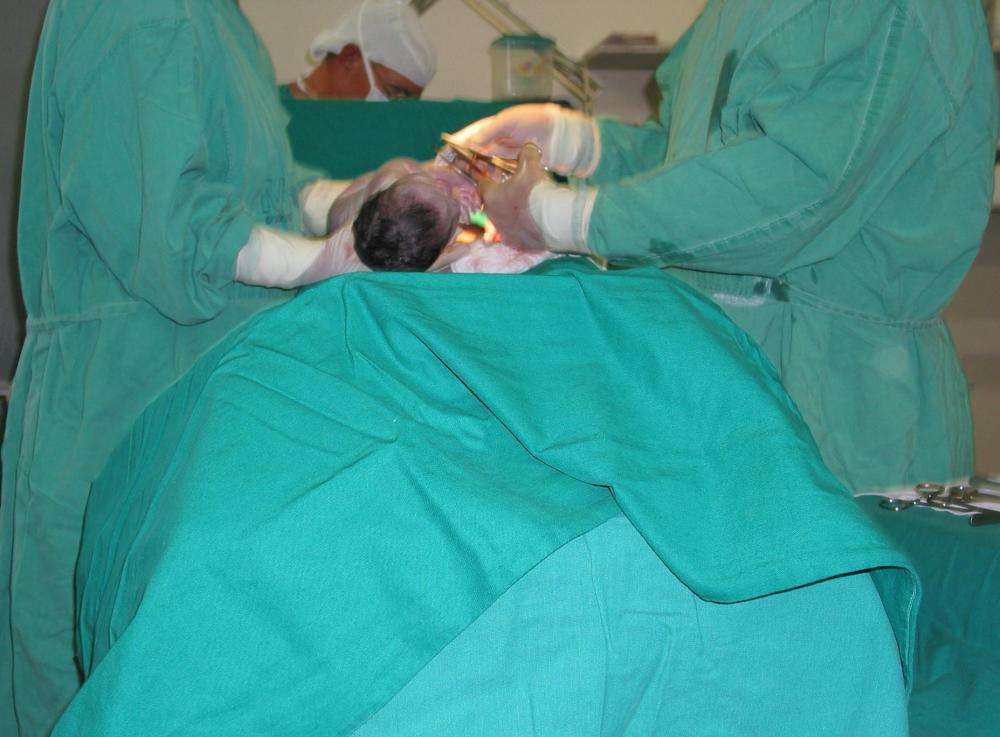At WiseGEEK, we're committed to delivering accurate, trustworthy information. Our expert-authored content is rigorously fact-checked and sourced from credible authorities. Discover how we uphold the highest standards in providing you with reliable knowledge.
What is Diplegia?
Cerebral palsy refers to a group of conditions that result from damage to areas of the brain that control and coordinate muscle movement. Under normal conditions, the muscles work together in a smooth motion so adjacent muscles either contract or relax in adjustment to movement. This process is disrupted in cerebral palsy, resulting in muscles that are unusually tense and contracted all of the time. Diplegia is a type of cerebral palsy that involves either the arms or the legs, but most commonly affects the legs.
Diplegia is detected in childhood. The affected limbs may seem unusually flaccid when the child is very young, but eventually become very stiff. Children with this condition will usually exhibit unusual stiffness in the major joints of the affected limbs, such as the hips or shoulders. Due to the characteristically tight and clenched appearance of the affected limbs, diplegia is sometimes referred to as spastic diplegia.

Like most cases of cerebral palsy, diplegia can vary in severity. Children with mild cases often have the ability to be almost as active as their unaffected peers. They often demonstrate problems with balance and some level of stiffness in their limbs, however, and may experience difficulty coordinating their movements.
Moderately affected children usually demonstrate more stiffness and less joint mobility than mildly affected children. They can usually walk and do not require a wheelchair, but they often have a characteristic stiff-legged gait and may tend to walk on their toes due to their stiff leg muscles. Severely affected children will often show difficulty walking even small distances and will usually need a wheelchair for day-to-day activities. All children with diplegia may have some degree of difficulty with speaking.

There is no single known cause for this condition and other types of cerebral palsy, but some factors do appear to increase the risk of a child being born with this condition. Infants who developed infections in the hospital are at a higher risk of developing diplegia, as are children who experienced seizures shortly after being born. Delivery of a child by cesarean section, the use of forceps during the delivery, and premature birth are all possible risk factors. Any incidence of oxygen deprivation to the fetus is also a risk factor. There are clearly other unknown factors involved with the occurrence of this condition, however, because many children experience these risk factors and they never develop this condition.

No cure is known for this condition. There are several treatments, however, that make it easier to deal with. The most common is physical therapy, which may include exercises to help the child better control his muscles and stretches to improve mobility. Gait analysis allows the identification of specific factors that affect a child’s walking pattern, and focused training may result in better movements.

The Botox® neurotoxin, produced by a species of bacteria, has the ability to paralyze muscles. It is often used an anti-aging remedy, and for this purpose small amounts are injected into facial skin to soften wrinkles. A medical professional may help to relax the muscles of people with diplegia by injecting a small amount of Botox® into the affected muscle areas.
AS FEATURED ON:
AS FEATURED ON:

















Discuss this Article
Post your comments